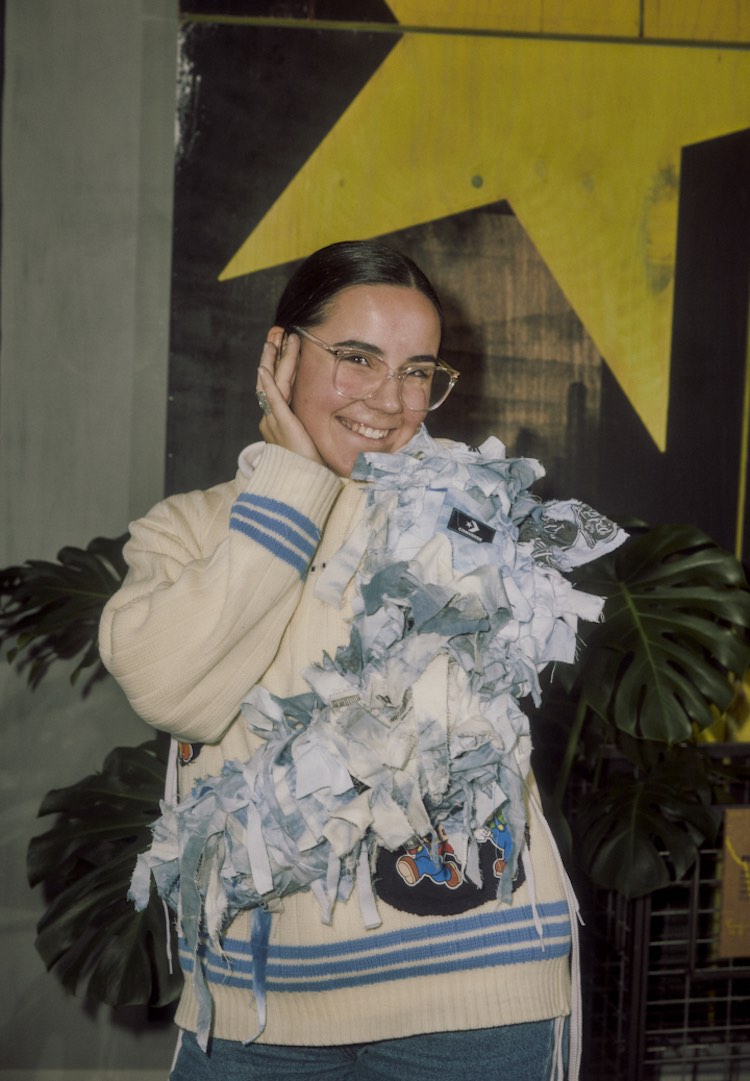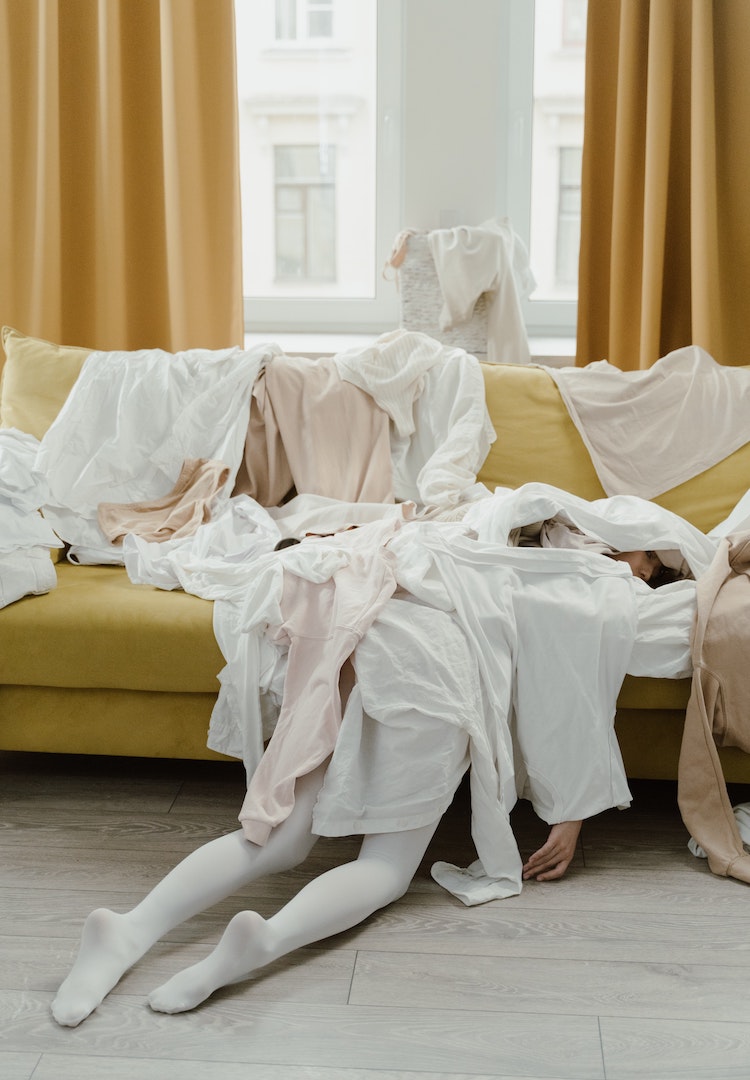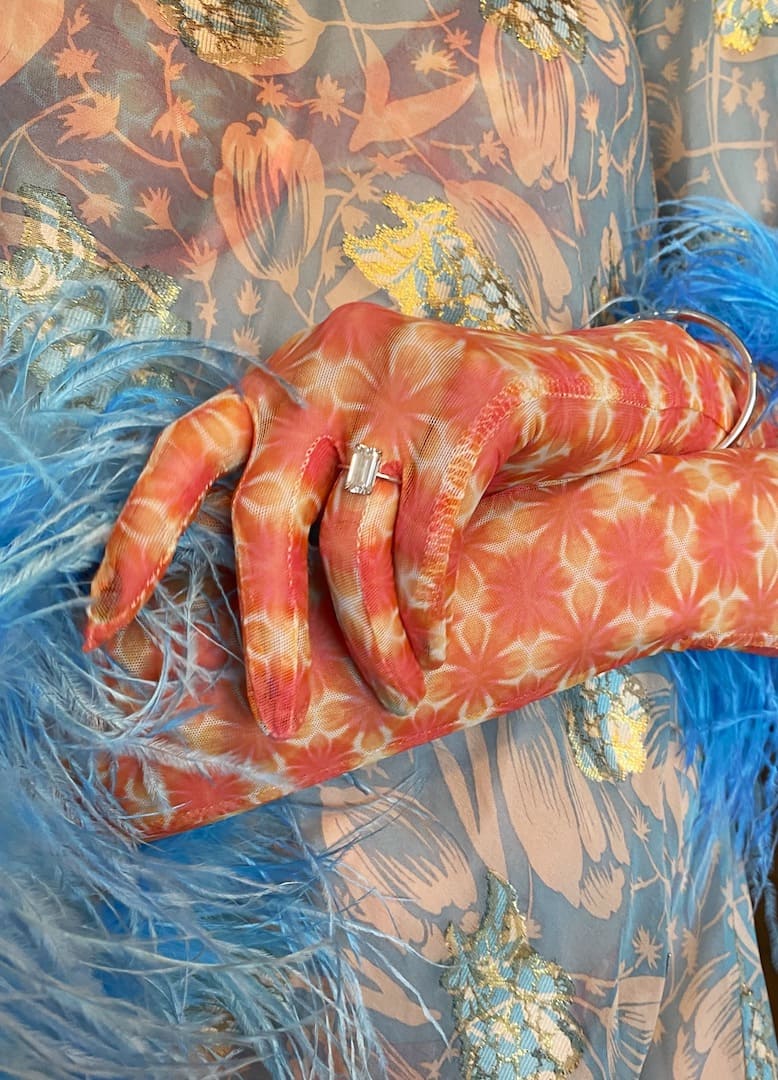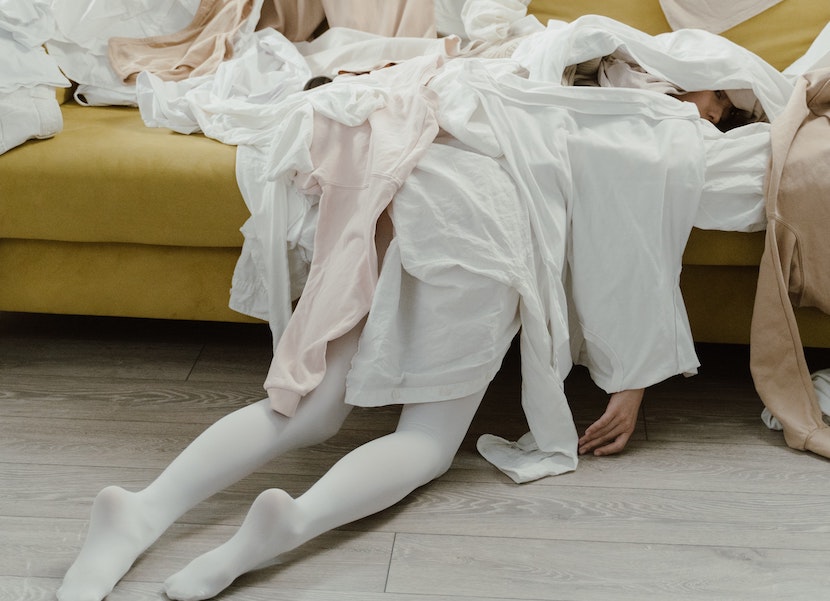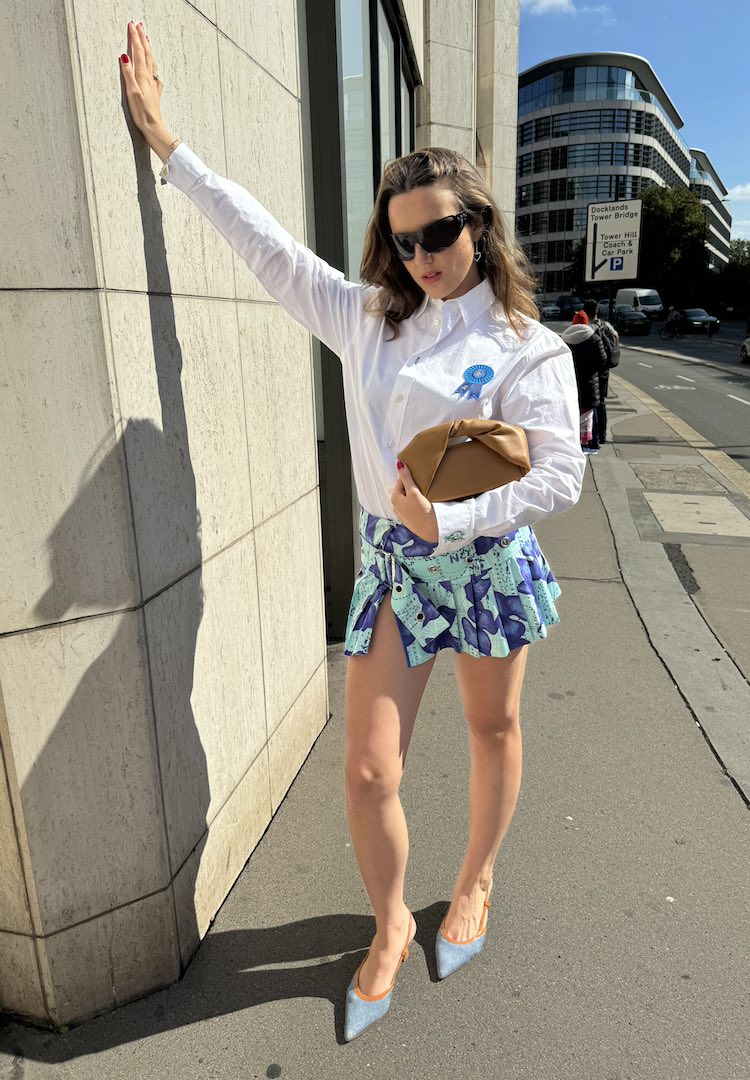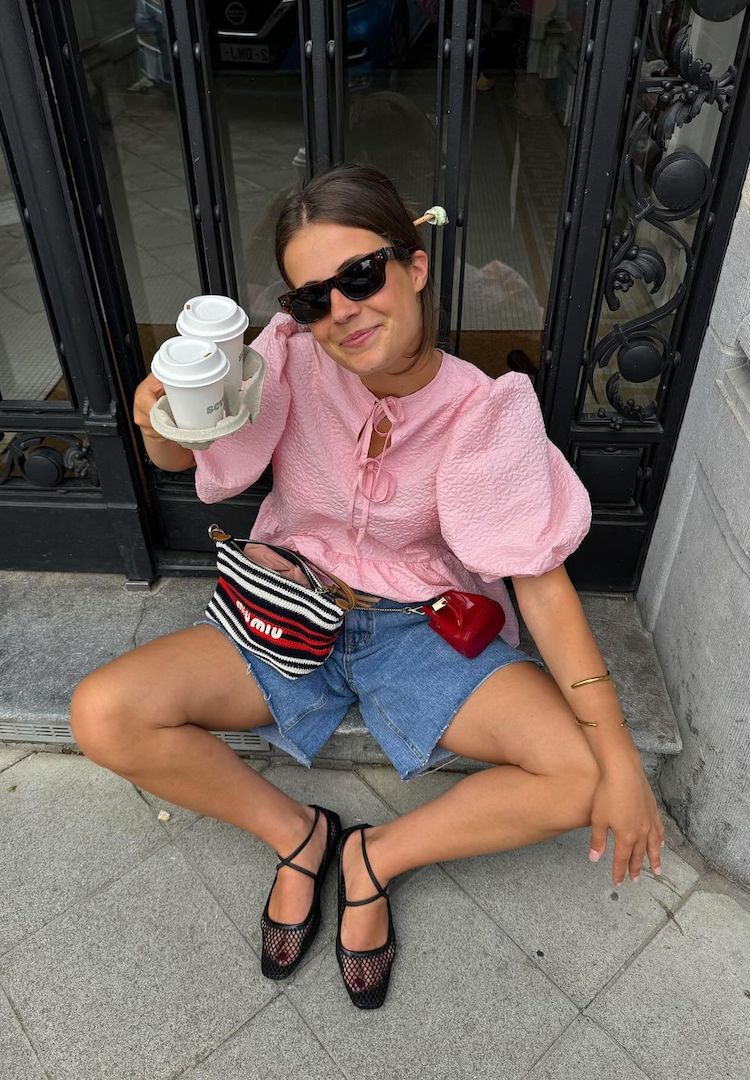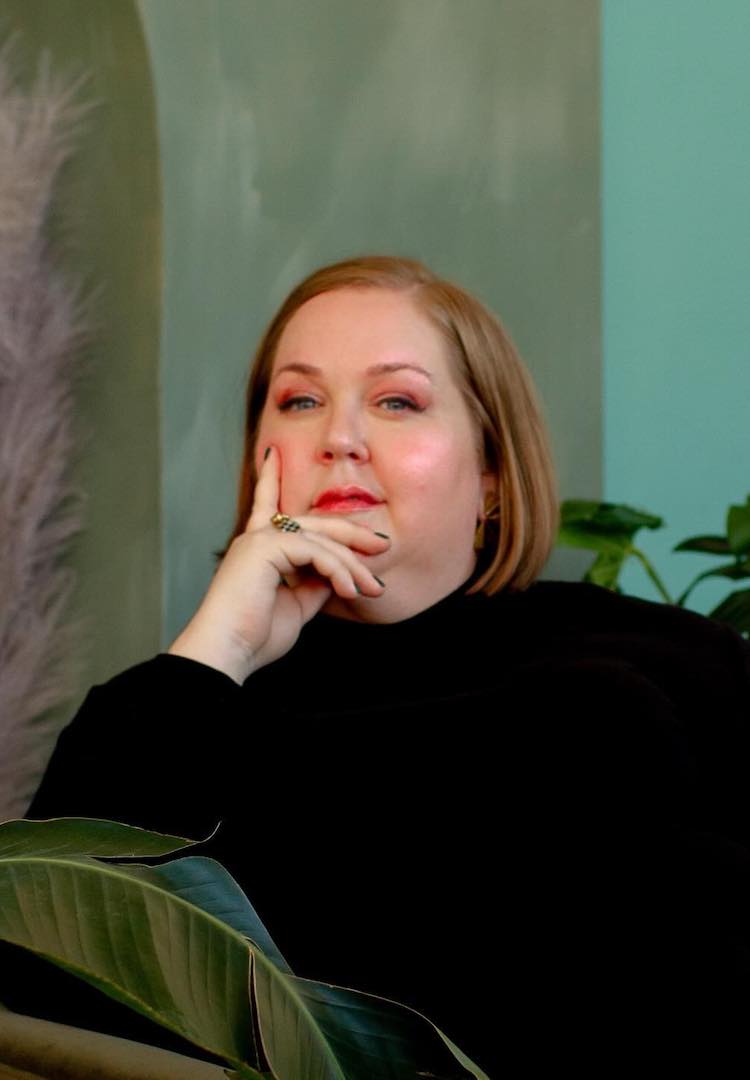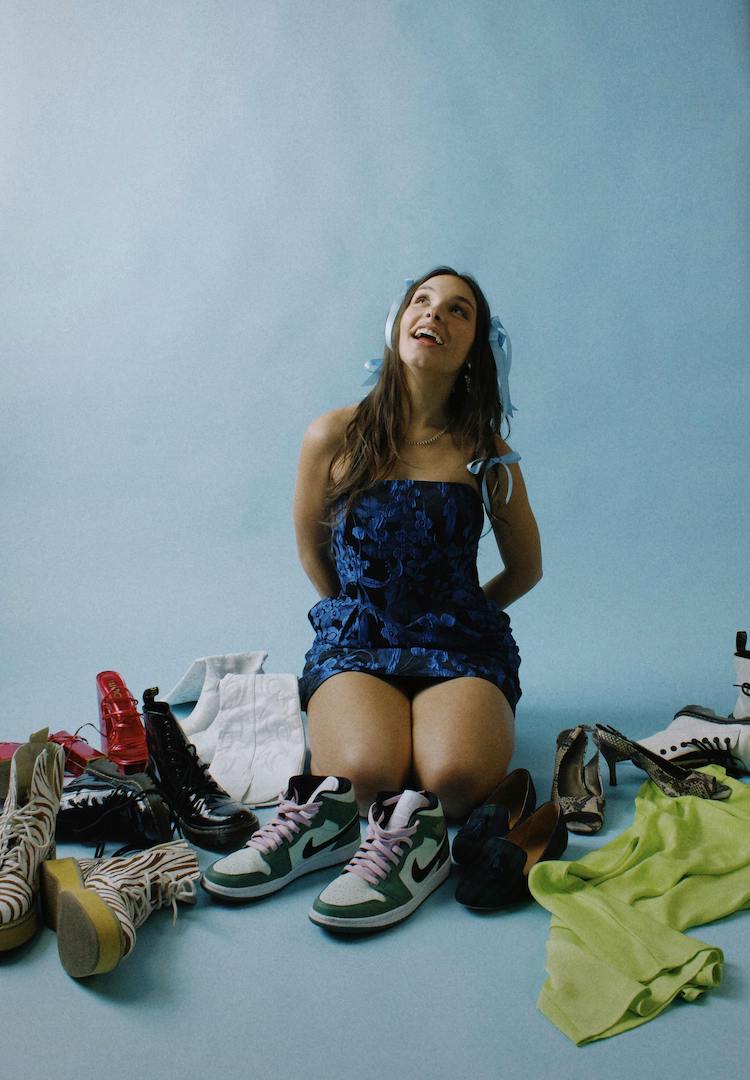I have a spreadsheet for my wardrobe planning, here’s why
WORDS BY CAIT EMMA BURKE
Trust me, it’s not as daggy as it sounds.
I have a complex relationship with the act of getting dressed. Fashion has been a fixation of mine for as long as I can remember, and I’ve worked in various facets of the industry for the majority of my adult life. But getting dressed has caused me a lot of strife.
I’ve had anxiety to varying degrees of severity since I was a teenager, and putting together an outfit that feels like a genuine representation of my identity and is also comfortable for me to wear has often been difficult.
Looking for more ways to procrastinate? We’re with you. Come on over to our Fashion section.
In 2020, a piece I wrote for Fashion Journal laid out the challenges that getting dressed poses for my slightly faulty brain: “When you have a brain that is predisposed to look for flaws – and neural pathways that have been travelled time and time again, to the point where seeing the negative feels more comfortable – it’s hard to land on a look that you feel yourself in.”
The good news? At the age of 28, I’ve finally found methods that successfully minimise my anxiety (a big thank you to medication, running regularly and a regretful goodbye to coffee), and I’ve started to find getting dressed a lot easier. But working in fashion means I’m still guilty of falling victim to a regretful trend-based purchase (avant basic, I’m looking at you) and purchasing items that just don’t really work in my wardrobe.
A solution presented itself to me last summer when I was trying to decide what items I actually needed for the warmer months ahead. While jumping between Fashion Journal‘s editorial calendar and far too many Farfetch and Vestiaire Collective tabs it came to me: an indecisive yet compulsive shopper like myself needs a place to keep track of what I want to buy, and how it will work with what I already own. Something like a wardrobe spreadsheet.
Wow. So I assume you’re incredibly type A?
Actually, I use a spreadsheet because I have a tendency for chaos when it comes to shopping. I have spent years buying pieces that are wildly wrong for me, and I wanted a way to streamline my style (the added bonus being that it encourages a more thoughtful, considered approach to shopping).
Right, well break it down for me
Firstly, a disclaimer: as someone who is severely numbers averse, this spreadsheet is rudimentary at best and doesn’t involve complex equations and data mapping like some people’s wardrobe spreadsheets do (yes, I’m not the only weirdo out there). I use a Google Docs spreadsheet, mainly because I love how user friendly it is compared to Excel.
My wardrobe spreadsheet also differs from ones I’ve read about online in that it’s not a detailed inventory of every item I own (I don’t have that kind of time or commitment, let’s be real). The purpose of my spreadsheet is to plan out what I want to buy for the season ahead, and to mull over the options until I have a clearer idea of what will and won’t work together, and whether or not these purchases will work with what I already own.
The spreadsheet has three tabs – ‘items I like’, ‘style notes’ and ‘people whose style I admire’. Yes, this is kind of cringey to reveal, but I’ve found that it’s really helped me find the common themes that have persisted for me style-wise over the years. While compiling the style notes and digging down into whose style I admired and why, I was able to see a few recurring trends.
Stripes, in particular striped shirts, have always been a favourite of mine, and they’re something I feel my best in. The same goes for tailored suit pants, perfectly worn-in vintage T-shirts, oversized sweatshirts and knits, wide-legged denim and both bright and pastel colours and patterns. I know this is hardly noteworthy, but seeing it all laid out reminds me to keep coming back to these core elements of my style, and this helps streamline the shopping process immensely.
The ‘items I like’ tab has 13 columns, covering everything from socks and activewear to knitwear and sneakers. Before each season begins, whenever I see an item I feel particularly drawn to (like this black and white striped Frisson Knits mohair jumper), I add it to the spreadsheet. The catch is that it has to be something I don’t already have in my wardrobe – it has to be filling a gap in some way.
The item then needs to sit there for at least a month or more, so I can be certain that it’s not an impulsive, trend-based buy. I also get to see how the items I’m coveting would or wouldn’t work together. For example, there’s a pair of knee-high Ganni boots I’ve been lusting after, but I have zero mini skirts in my wardrobe currently. This means if I commit to the boots, I also need to commit to a mini I like and will actually get enough wear out of.
This whole thing might sound a bit gross and consumerist of me, but the reality is most of us fashion-obsessives are going to be making purchases each season. Now, instead of willy nilly throwing my money at items, I’m really taking the time to figure out if I want and need them, and whether they will be a useful addition to my wardrobe.
I should add that I try to shop for many of my clothes secondhand, at op shops and consignment stores like Goodbyes, so there often is a new designer item I’ve added to the spreadsheet that is wildly out of my price range. I add these items not because I’m willing to drop $3000 on a patent leather coat, but to keep me on track when shopping secondhand. It keeps the items that I do want at the front of my mind and prevents any frivolous purchases.
Okay, I’m whipping one up
Trust me, it really does work. Just be prepared for your friends to rip you out a bit (although a few of my Fashion Journal colleagues are now considering a spreadsheet of their own, despite cackling when I first revealed mine). Now go forth and shop in a more considered, thoughtful manner.
If you’re after a more complex approach to wardrobe spreadsheets, head here.

